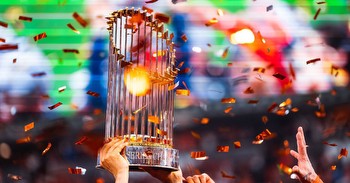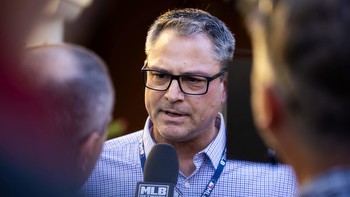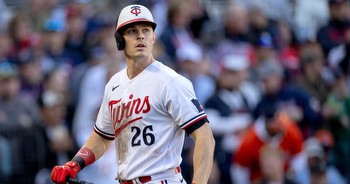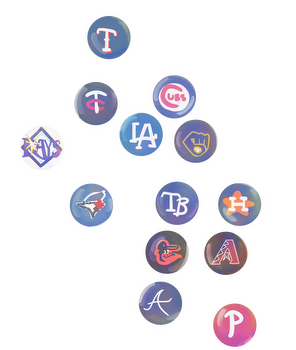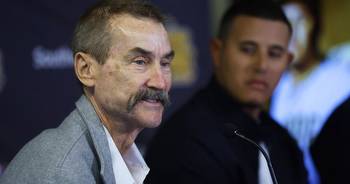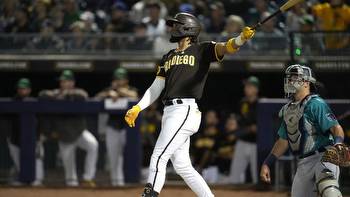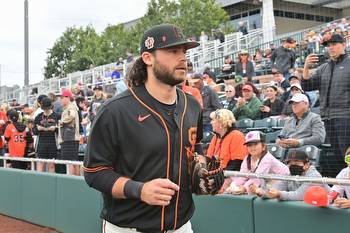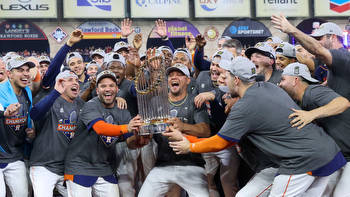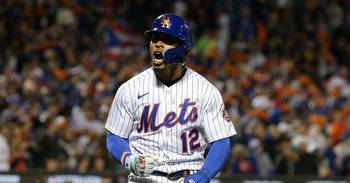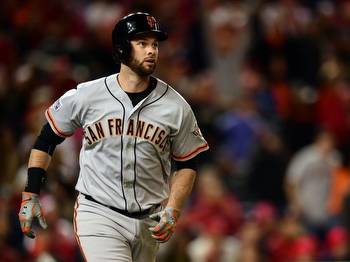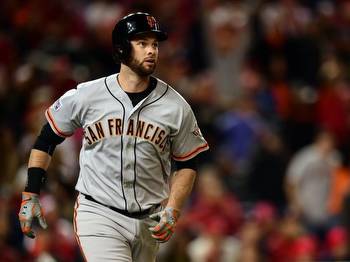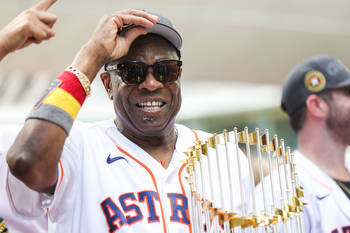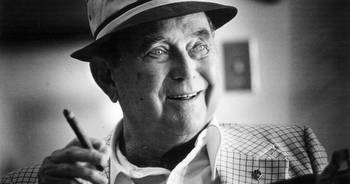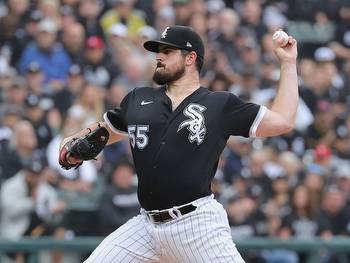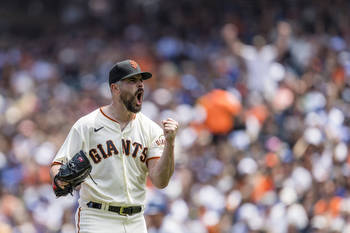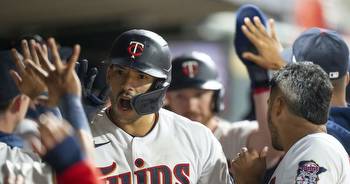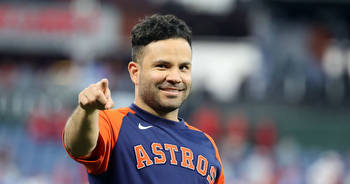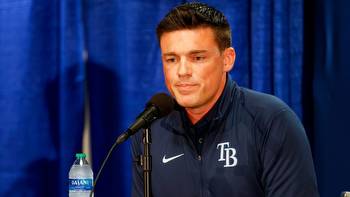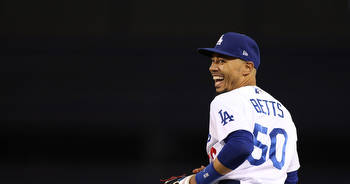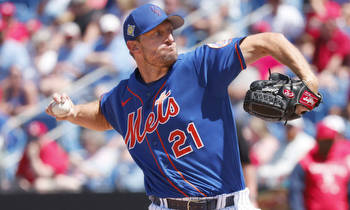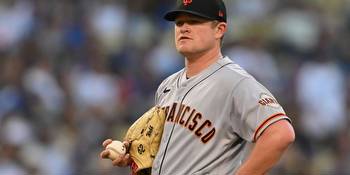The Twins Are Still Cheap and Their Fans Should Not Accept It
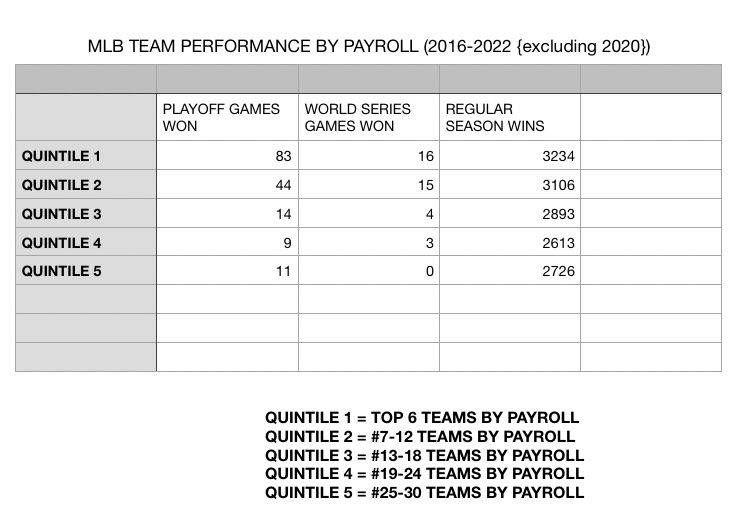
While the Twins have established a sad record of playoff futility for twenty years now, they have a record of remarkable accomplishment in another area: they have conditioned their most devoted fans to accept that the team will operate in a way that is likely to perpetuate that futility. That is, the Twins will continue to be cheap spenders.
I already know well the eye-roll this complaint elicits among many of the Twins’ most devoted and intelligent fans: How can anyone say that now? Look at the money the Twins shelled out to bring Carlos Correa back (with more than a little help from some extraordinarily bizarre events). Look at the other big name free agents the Twins have brought in in recent years: Nelson Cruz and Josh Donaldson, for example. Look at how they secured Byron Buxton through the prime of his career. Carl Pohlad is not with us anymore. This isn’t 2000. Thank your lucky stars the current Pohlads aren’t the cheap hucksters like those who currently run the Pirates, Athletics, or Orioles, to name a few of the truly poor unfortunate souls.
Certainly I’m glad the Twins aren’t being run like those ponzi schemes, but if we love this team, we shouldn’t let being better than the absolute worst be our standard for satisfaction.
Right now the poster child for small-market teams spending like high rollers is the San Diego Padres. They are stacking their roster with talent by writing checks so large that even the late George Steinbrenner might’ve hyperventilated to write them. This is despite San Diego being ranked by Sports Media Watch as one of the smallest markets in Major League baseball, with only three markets (Kansas City, Cincinnati, and Milwaukee) being ranked as smaller. San Diego ranks 30th of all sports markets. Minneapolis ranks #15, But San Diego is not actually a brand new outlier and unique case in this.
According to Spotrac.com, in 2012 the 5th-highest payroll in baseball belonged to the Detroit Tigers. Detroit is ranked as the #14-sized U.S. sports market, just ahead of Minneapolis. Do you know what else the 2012 Detroit Tigers did? They made the World Series. Check any sources about MLB payroll history and you’ll find other examples of teams in markets close to the size of Minneapolis or smaller making appearances among the highest spenders. The St. Louis Cardinals are in a much smaller market than the Twins and they consistently outspend the Twins and are very often in or near the top 10. They are also consistently making the postseason, with two World Series victories and two other World Series appearances in the span of time that the Twins’ playoff losing streak covers.
This brings up another favorite rebuttal for Twins commentators who defend the Twins’ spending habits as reasonable: spending guarantees nothing. This is certainly true. Until Mets owner Steve Cohen came along, the Yankees were the poster-children of big-market big-spenders, yet they haven’t reached the World Series since 2009. Spending is never a guarantee of anything, but being among the bigger spenders is a bigger advantage than most fans seem to realize. Take a look at recent history (information I compiled using payroll information from Spotrac.com):
Looking at these trends (and going back at least until the mid-90s shows similar correlations), it’s not much of an oversimplification to divide MLB teams into two tiers: the Top 12 spenders and the Bottom 18 spenders. The large majority of playoff game victories and World Series game victories- the kinds of things that produce the most fan excitement- tend to go to the teams in the Top 12 club. The teams in the Bottom 18 club are generally fighting for scraps. And before you get too starry-eyed that MLB’s expanded playoffs will change this dynamic, you should know that last year’s World Series teams were 2022’s #4-spending Phillies and #8-spending Astros.
Every season, the Twins and most of their fans seem to hold this idea that since the Twins play in the weak AL Central, all they have to do is win the division and then get to the playoffs where it’s all a crapshoot and anything can happen. Well, look at that table again. The World Series is the last round of the playoffs, and World Series game victories are still heavily clustered in the Top 12 club. In fact, from 2016 through 2022, the only team to win the World Series that was not among that season’s top 12 spenders? The 2017 Houston Astros. Know anything about them? Maybe the playoffs are a crapshoot but going deep in the playoffs still tends to be reserved for the high rollers.
There are exceptions to this, of course. The Cleveland Baseball Team famously reached that classic 2016 World Series against the Cubs and the notoriously cheap-but-scrappy Tampa Bay Rays have been perpetual contenders since they reached the 2008 World Series. But note one thing about those two small-spending scrappy organizations: they haven’t actually won a World Series in recent history (or ever, in the Rays’ case). Same thing was true for the much-revered Moneyball A’s of the aughts. This is not to say a cheap team can’t win the World Series. The 2003 Marlins ranked around #22 in payroll that year. You might also have stopped reading this already to tell me about the 2014 & 2015 Kansas City Royals. Well the Royals were out of the Top 12 club both seasons but even they- the microscopic-market Royals- bumped up to #13 in MLB payroll the year they won their World Series in 2015. Just one spot out of the Top 12.
So it can happen, but the odds are stacked heavily against any team trying to win a ring while spending with Bottom 18 club. A person with weights strapped to their ankles can also still win a race.
The Twins have been in the Bottom 18 every season this century save for the first two seasons in Target Field, and even in those years they were near the bottom of the Top 12 club (around #9-#11 depending on your source).
Looking at the success trends in that table, it really should be no surprise that a team consistently in the Bottom 18 club would be the team to suffer a record playoff losing streak. They perfectly fit the spending profile of a team whose ceiling is an early-round exit in the playoffs.
For 2023, I think the Twins have put together a roster that could win the AL Central. I also think their absolute ceiling looks like a divisional round exit, much like last season’s AL Central champs. I also don’t think anyone should be surprised if the Twins miss the playoffs for a 3rd straight season. Their offense needs a lot of things to go right and very little to go wrong. And Emilio Frickin’ Pagan is likely to be on the team.
If the Twins want to get past the likes of the Astros or Yankees or any team of a similar caliber, they need a lineup that can put up a couple big innings against elite aces. But the Twins lineup only has two truly established elite bats, and both of them have well-publicized injury risk. While nearly every other bat has potential, it’s just not the kind of established potency that a team can rely on to deliver in October. I am more hopeful about the Twins pitching, but still think they would have to be regarded as underdogs against the elite lineups they would see in the playoffs.
The Twins have an outline in place to build a deep-run contender. Every dimension of the team only looks one or two pieces away from looking very formidable. And I mean playoff formidable, not AL Central formidable. Maybe just one true-ace kind of starting pitcher, like a Justin Verlander, Jacob DeGrom, or Carlos Rodon. Maybe two more established, reliable bats in the lineup like Josh Bell and Mitch Haniger (whom Nash Walker of Locked On Twins said would’ve been a “perfect match”). All those players I named were free agents this past winter.
Let’s imagine the Twins had outbid the teams that signed Rodon, Haniger, and Bell and landed those three. That probably adds about $60 million to the Twins payroll. Sounds absurd, but it would still only place the Twins around #8 in 2023 MLB payrolls. And it sounds even less egregious when you consider that the Twins are dropping $19 million on just Max Kepler and Joey Gallo in 2023, two much bigger gambles even with less money at stake.
Even if you have quibbles with Bell, Haniger, and/or Rodon, the point is that spending some money on three or four more big pieces could take them from looking like a 2nd-tier playoff team at best to a much more serious contender. And the Twins don’t even have to spend like the much-smaller-market San Diego Padres to get there. They don’t even necessarily need to spend like the 2012 Tigers did.
Given that the Twins have now locked up Carlos Correa and Byron Buxton for the rest of their prime ages, that they have 6 or more potential quality starting pitchers on their roster, an improved bullpen, and a lot of young offensive talent potentially on the rise like Jose Miranda, Royce Lewis, Edouard Joulien, Alex Kiriloff, Brooks Lee, and Matt Wallner, the time to make a big push for a World Series is very soon, Twins fans should not be content with starting the next 4 or 5 seasons thinking “we have a decent shot to win the AL Central.” They should take Carlos Correa’s mindset about building a championship culture seriously and demand that mindset be adopted all the way up to the Pohlad family. In a superb article for The Ringer in November, 2022, which I highly encourage you to read in full, Dan Moore wrote:
“Over the past 40 years or so, every single team in all four of the United States’ major sports has increased exponentially in value—inexorably through all manner of catastrophe, and at an average rate that far outpaces that of bothinflationandthe S&P 500…
Today pro sports teams rank among the most reliably lucrative, rabidly coveted investment opportunities there are. They’ve proved practically impervious to the busts, recessions, foreclosure crises, and plagues that have at the very leaststalledgrowth in other industries.”
The Pohlad family, like all owners, are sitting on a gold mine. All major sports teams, even the crappy ones, have continuously grown exponentially in value for decades, and Moore’s excellent article goes into great detail about the many conditions that make it likely that teams will continue to grow in value for the foreseeable future. I’m not even saying the Twins need to be a top 5 spender for decades to come. But I am definitely saying that they should be making a strong push for the World Series for the next 5-6 years and at minimum that probably means pressing into the top 10 spenders to make it happen. Twins fans should be content with no less.
It is certainly a risk to spend so much money on a handful of players. If one or two suffers a serious injury that is a lot of resources flushed away. It could very well fail. But you know what else is a pretty well-established risk if your goal is to make it back to the World Series for the first time in over 30 years? Being in MLB’s Bottom 18 spenders club. The Twins have been trying that for over two decades now. An entire generation of Twins fans have now reached adulthood with no memory of their team even winning a playoff game. It’s time to take some different risks.

